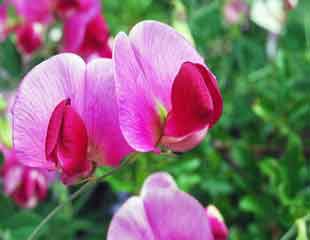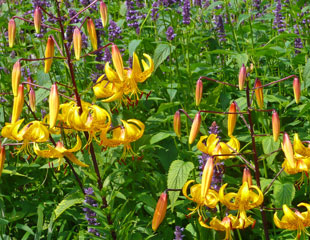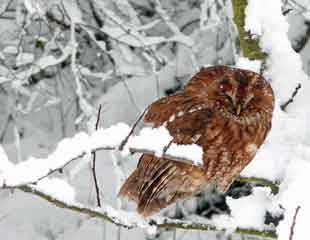Why you should pinch out sweet peas
Posted on
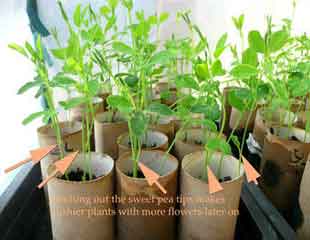 |
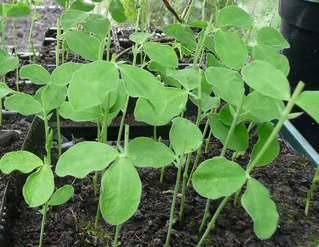 |
|
Sweet Peas naturally want to grow tall, leggy and keep on growing. As gardeners we want them to grow tall but also to produce lots of flowers. Whether you have germinated your own sweet peas, or purchased small plants and are growing them on, you will see a single shoot growing. If left to its own devices that shoot will grow taller and taller. By pinching out the top growth, you will make the seeding through out side shoots so that there is more than one single shoot. This means later in the year, more flowering stems per plant. If you look at the images above, the first image all the top growth is in place, the second image the plant has been cut back. This will make the sweet pea throw out extra growing shoots which will mean instead of one single long stem there are several branches all of which will, later in the season, carry flowers. By nipping back the stem you will have strong flowers with more shoots. The best time to cut back is when the seedling has a pair or two of leaves, then cut it back the leaf and within a week/10 days you will see the extra stems appearing. More about growing sweet peas. You will have stronger and more floriferous plants. |

